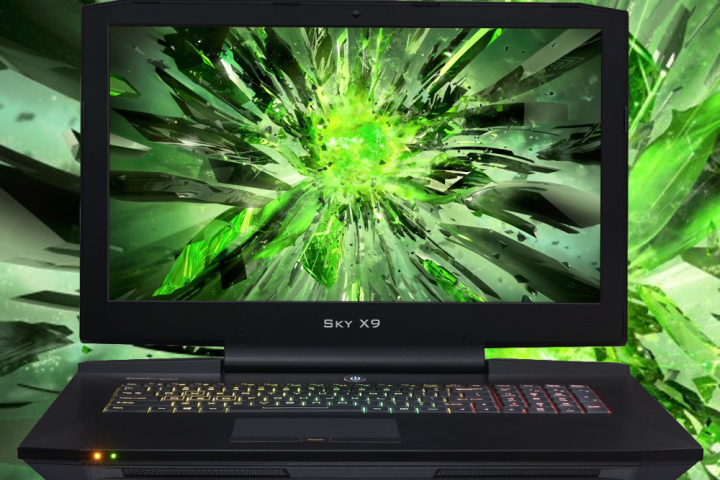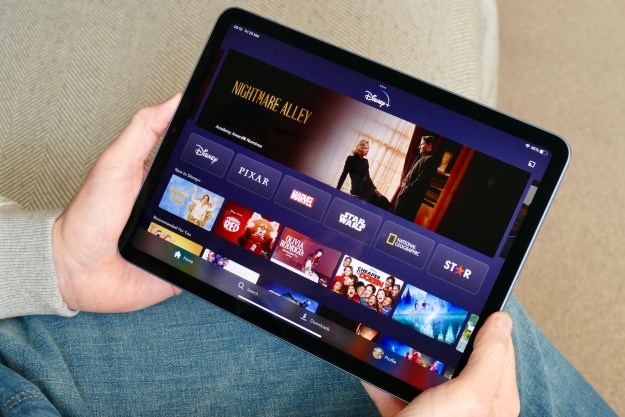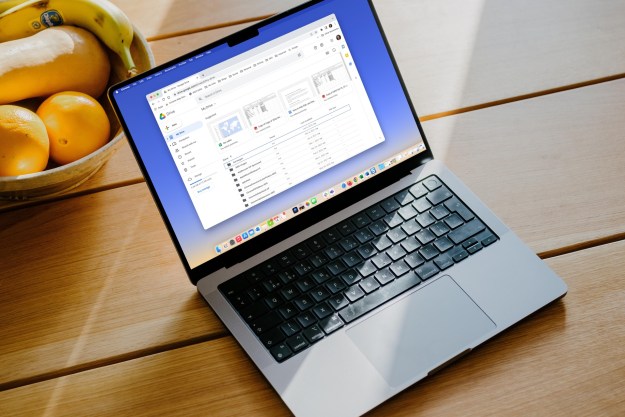
The laptops come in different variations depending on the demands of the user. For the average consumer (or developer), 10 percent may not sound like a lot, but considering the price these monsters usually go for (the X9 costs $2,600 while the DLX7 goes for $3,000) it’s a decent savings. To qualify for the discount you need to provide Eurocom with a one-paragraph outline of what you’re developing for VR, and you also need to link to your work, website, or portfolio.
Both computers come equipped with an Intel Z170 Express (Skylake) chipset, but enthusiasts can upgrade to an Intel i7-6700K processor. At the core of these computers, and more important to developers in this area, are the Nvidia GeForce GTX 990M (X9) and the GTX 980 graphics cards (DLX7). The X9 can come with either a 1080p or 4K display, while the DLX7 comes with a 4K display with no other options. There’s also plenty of room for storage on up to four drives, which should be enough for project assets, games, and as much media content you want.
Those who are looking to connect various types of devices to their laptop can also rest easy. The laptops support everything you’d expect a desktop computer to do, and the DLX7 even has a combined eSATA and USB 3.0 port in case you have more specialized needs. Otherwise, there’s support for USB 3.1 (type C for DLX7), Thunderbolt 3, and two miniDP ports, as well as HDMI 2.0. Head over to the company’s website for a full overview of the hardware.
Hopefully you prefer Windows 10 over Windows 8.1 (assuming you’re sane), but if not you’re in luck: The company lets you choose from among Microsoft’s three latest operating systems: Windows 10, Windows 8.1, and Windows 7.
These laptops are primarily suited to those who don’t think enough is ever enough; for developers on the move it also makes sense to have a capable laptop. Of course, we’d still recommend any buyers to keep their power cord close by.
Editors' Recommendations
- Researchers develop VR headset with mouth haptics
- The metaverse is ‘off limits’ for Apple’s upcoming VR headset
- Qualcomm’s new headset design shows off the XR2 VR platform


